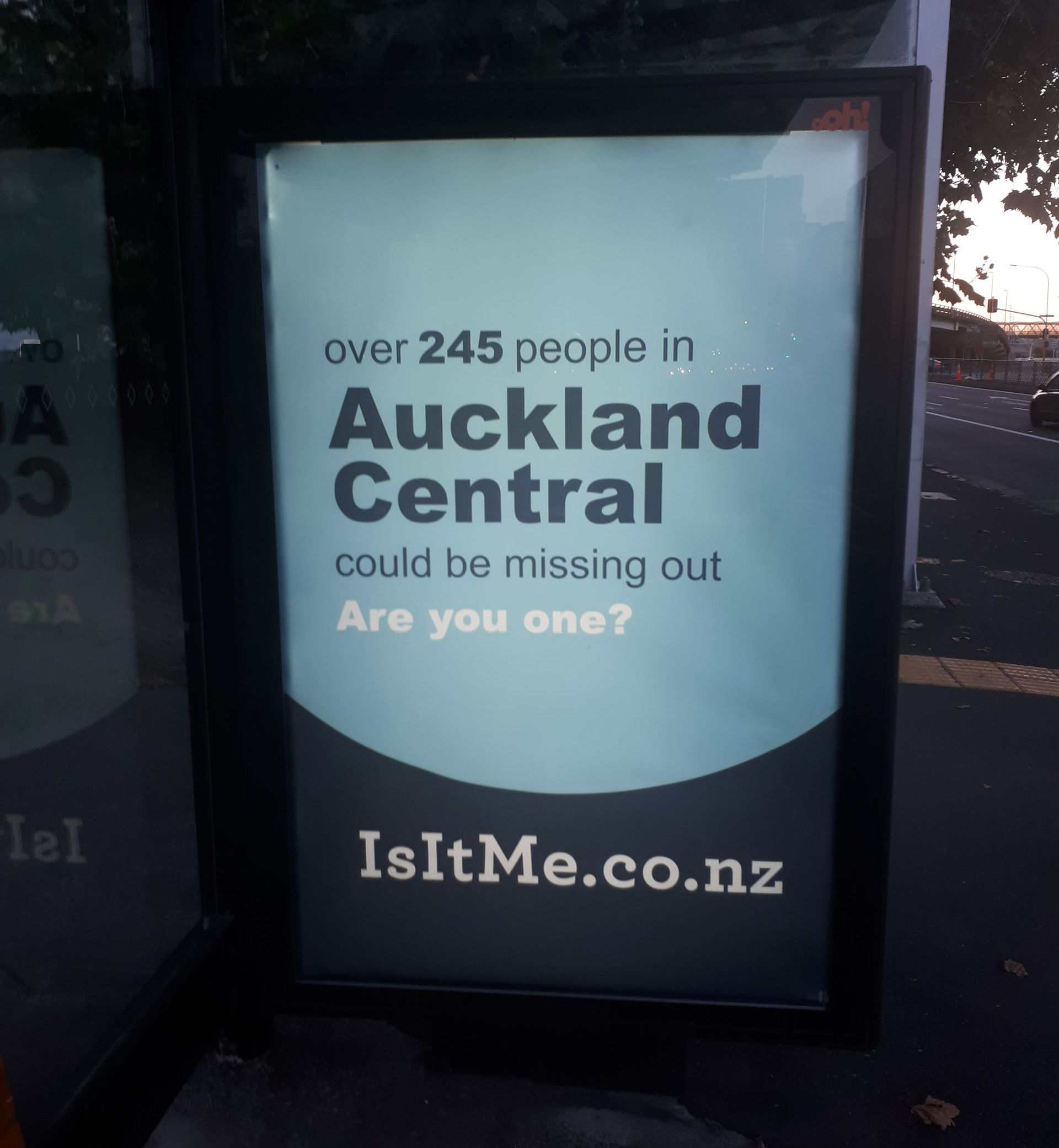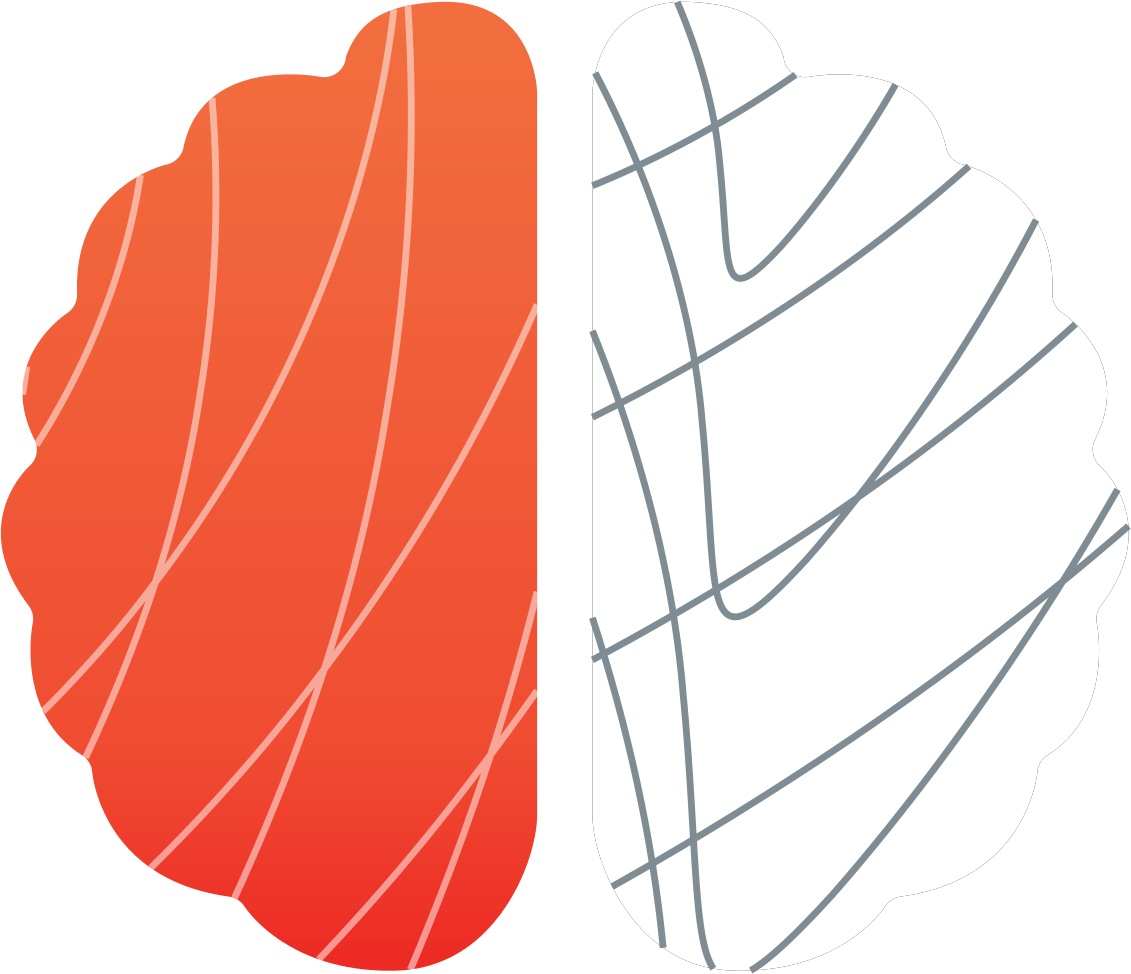AA Insurance: Improving the online experience
AA Insurance is New Zealand’s leading personal insurance provider, offering house, contents and motor insurance amongst others, direct to consumers for almost 25 years. A key focus has been to constantly improve and optimise their online sales funnel, making the process easier and less taxing for potential customers. This is no easy task, with customers needing to be asked for a number of pieces of information to adequately assess risk and pricing.
So how do you find those small opportunities that can have an outsize effect on consumer?
The Challenge
The online sales process involves a number of questions being asked of customers, and different brands present this to their potential customers in different ways. So how do you know what layout and approach works best, or what aspects of your current experience could be improved?
AA Insurance knew that some of the most important opportunities for improvement wouldn’t be consciously recalled by customers, as 95% of human decision-making happens subconsciously. They were looking for a more objective, scientifically-based solution, that would identify how a consumer felt throughout the experience, and what elements were being missed due to the page layout.
The Solution
AA Insurance turned to NeuroSpot, and its scientific approach to measure how people actually engage with the online experience. Combining the best approaches from consumer neuroscience, NeuroSpot turned to eye tracking to find out what customers looked at, or what they missed, and a device called GSR which measures changes in people’s emotional state.
Combining these tools allowed AA Insurance to pinpoint what moments during the experience resulted in greater frustration to their customers and benchmarked against the industry. This objectivity leads not only to recommendations and improvements, but the ability to prioritise those changes that will lead to the greatest impact.
The Results
AA Insurance was able to further validate the issues its customers were experiencing in the online sales process. This combined with new insights into previously unknown customer pain points has meant AA Insurance has been able to prioritise and focus on changes that best support their customers, supporting improvements to online conversion and helping to drive strong business results.
According to John Lewis, Digital Platform and Performance Manager at AA Insurance:
"Working with NeuroSpot gave us great insight into what our customers feel and experience when using our website. That we could measure this and see how key pain points affected people has enabled us to focus our effects on the areas that make the biggest difference to our customers. Using NeuroSpot’s scientific approach has created huge value and opened up opportunities that wouldn’t have been found otherwise. We look forward to continuing our work with NeuroSpot"





